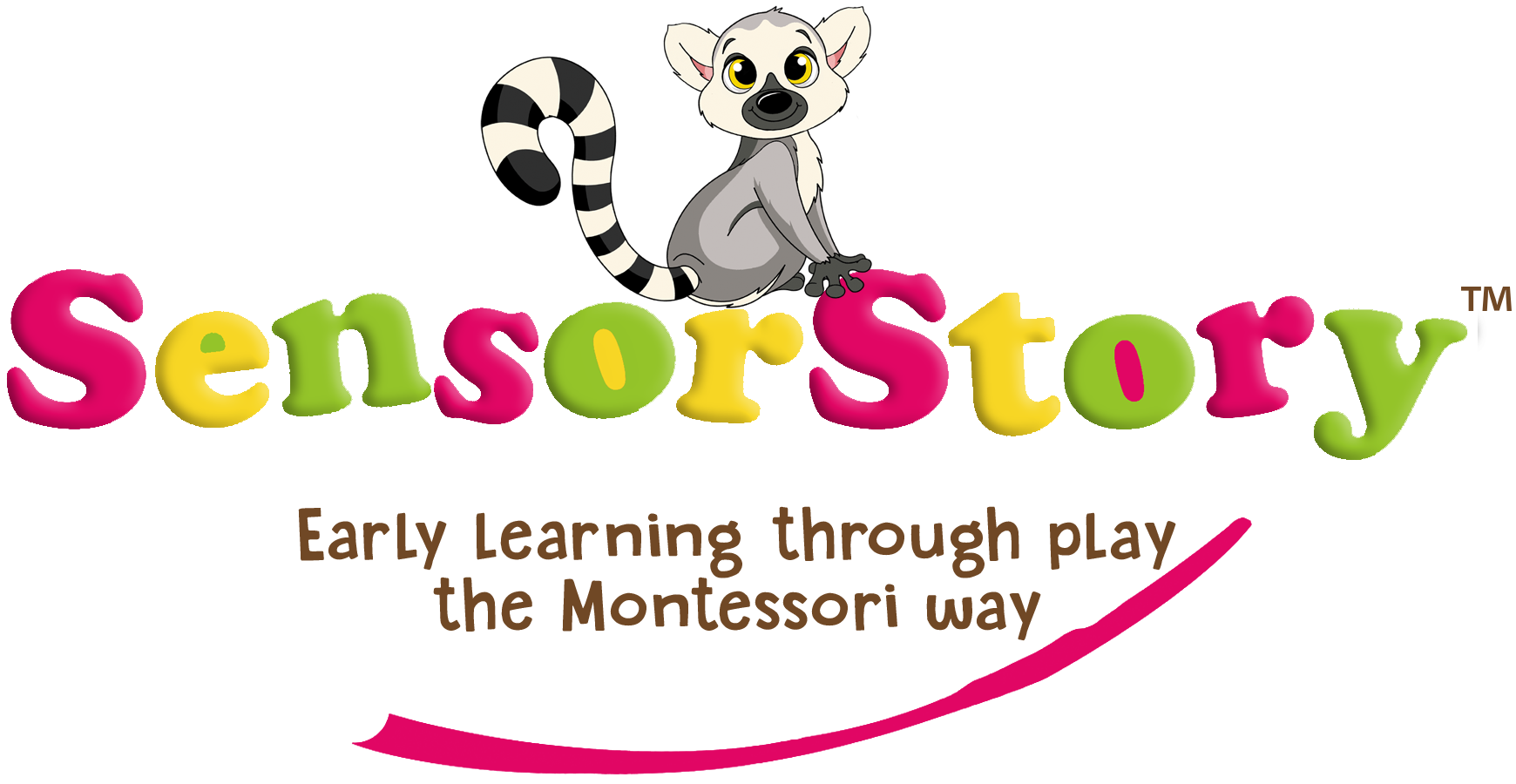It is a common misconception that Montessori discourages pretend play.
Montessori developed a system of education based on close observation of children and concluded that fantasy were not helpful for children under the age of 6.
So what is the difference between pretend play and fantasy?
Every time a child picks up a banana and uses it as a phone, or holds on to a hula-hoop and “drives the car”, or climbs on your back to go for a “horsey ride”, they are engaging in pretend play; they are copying and replicating things they have seen in real life, which is, in fact highly encouraged in Montessori philosophy.
What Montessori advocates avoiding is fantasy, in all forms; play, literature, artwork and so on.
Fantasy is a cat flying a plane, or a talking dog, or a monster. This is because Maria Montessori believed that fantasy is simply an adult’s imagination imposed onto a child, and children benefit far more from playing, reading, and looking at “real life”. Whether that be roleplay, pretend play, artwork, reading, illustrations in a book and so on.
It is worth mentioning, this theory is only meant for children under the age of 6, because before this age they are not able to distinguish between real life and fantasy, and so will believe that cats really can fly planes, or that monsters really do exist.
Montessori believes if we keep fantasy out of our children’s world until this age when they are able to understand the difference, they will naturally engage in pretend play that replicates things they see in their everyday lives; which, more than just fun, helps them create a solid foundation of understanding their world.
Click here to our article on real life vs fantasy.
